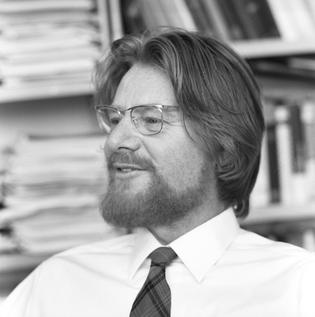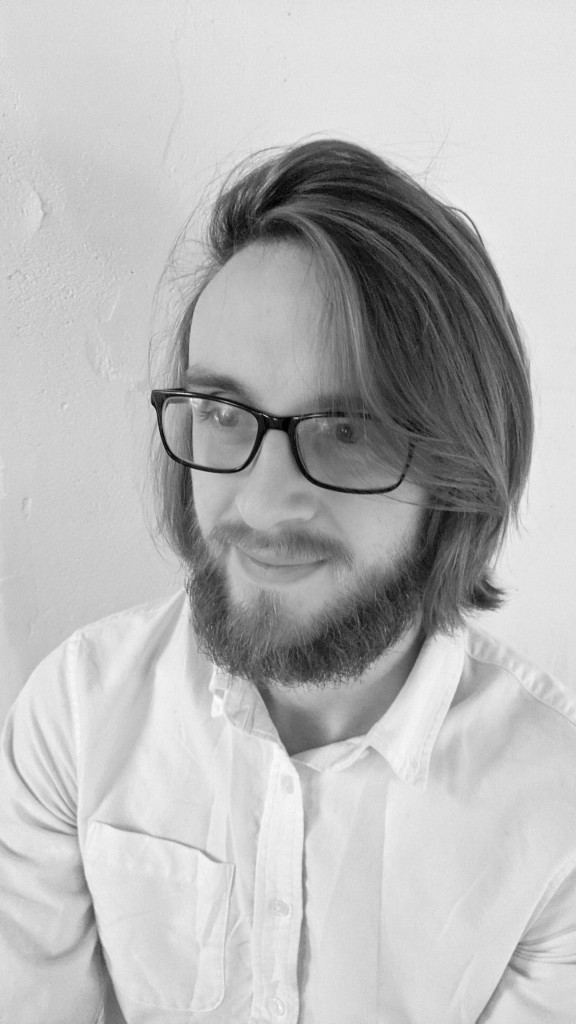The craziest challenge I’ve undertaken hasn’t been skydiving; sailing the Amazon on a homemade raft; scaling Mt. Everest; or digging for artifacts atop a hill in a Middle Eastern desert, near midday, during high summer.1 The craziest challenge has been to study the possibility that quantum phenomena affect cognition significantly.
Most physicists agree that quantum phenomena probably don’t affect cognition significantly. Cognition occurs in biological systems, which have high temperatures, many particles, and watery components. Such conditions quash entanglement (a relationship that quantum particles can share and that can produce correlations stronger than any produceable by classical particles).
Yet Matthew Fisher, a condensed-matter physicist, proposed a mechanism by which entanglement might enhance coordinated neuron firing. Phosphorus nuclei have spins (quantum properties similar to angular momentum) that might store quantum information for long times when in Posner molecules. These molecules may protect the information from decoherence (leaking quantum information to the environment), via mechanisms that Fisher described.
I can’t check how correct Fisher’s proposal is; I’m not a biochemist. But I’m a quantum information theorist. So I can identify how Posners could process quantum information if Fisher were correct. I undertook this task with my colleague Elizabeth Crosson, during my PhD.
Experimentalists have begun testing elements of Fisher’s proposal. What if, years down the road, they find that Posners exist in biofluids and protect quantum information for long times? We’ll need to test whether Posners can share entanglement. But detecting entanglement tends to require control finer than you can exert with a stirring rod. How could you check whether a beakerful of particles contains entanglement?
I asked that question of Adam Bene Watts, a PhD student at MIT, and John Wright, then an MIT postdoc and now an assistant professor in Texas. John gave our project its codename. At a meeting one day, he reported that he’d watched the film Avengers: Endgame. Had I seen it? he asked.
No, I replied. The only superhero movie I’d seen recently had been Ant-Man and the Wasp—and that because, according to the film’s scientific advisor, the movie riffed on research of mine.
Go on, said John.
Spiros Michalakis, the Caltech mathematician in charge of this blog, served as the advisor. The film came out during my PhD; during a meeting of our research group, Spiros advised me to watch the movie. There was something in it “for you,” he said. “And you,” he added, turning to Elizabeth. I obeyed, to hear Laurence Fishburne’s character tell Ant-Man that another character had entangled with the Posner molecules in Ant-Man’s brain.2
John insisted on calling our research Project Ant-Man.
John and Adam study Bell tests. Bell test sounds like a means of checking whether the collar worn by your cat still jingles. But the test owes its name to John Stewart Bell, a Northern Irish physicist who wrote a groundbreaking paper in 1964.
Say you’d like to check whether two particles share entanglement. You can run an experiment, described by Bell, on them. The experiment ends with a measurement of the particles. You repeat this experiment in many trials, using identical copies of the particles in subsequent trials. You accumulate many measurement outcomes, whose statistics you calculate. You plug those statistics into a formula concocted by Bell. If the result exceeds some number that Bell calculated, the particles shared entanglement.
We needed a variation on Bell’s test. In our experiment, every trial would involve hordes of particles. The experimentalists—large, clumsy, classical beings that they are—couldn’t measure the particles individually. The experimentalists could record only aggregate properties, such as the intensity of the phosphorescence emitted by a test tube.
Adam, MIT physicist Aram Harrow, and I concocted such a Bell test, with help from John. Physical Review A published our paper this month—as a Letter and an Editor’s Suggestion, I’m delighted to report.
For experts: The trick was to make the Bell correlation function nonlinear in the state. We assumed that the particles shared mostly pairwise correlations, though our Bell inequality can accommodate small aberrations. Alas, no one can guarantee that particles share only mostly pairwise correlations. Violating our Bell inequality therefore doesn’t rule out hidden-variables theories. Under reasonable assumptions, though, a not-completely-paranoid experimentalist can check for entanglement using our test.
One can run our macroscopic Bell test on photons, using present-day technology. But we’re more eager to use the test to characterize lesser-known entities. For instance, we sketched an application to Posner molecules. Detecting entanglement in chemical systems will require more thought, as well as many headaches for experimentalists. But our paper broaches the cask—which I hope to see flow in the next Ant-Man film. Due to debut in 2022, the movie has the subtitle Quantumania. Sounds almost as crazy as studying the possibility that quantum phenomena affect cognition.
1Of those options, I’ve undertaken only the last.
2In case of any confusion: We don’t know that anyone’s brain contains Posner molecules. The movie features speculative fiction.





